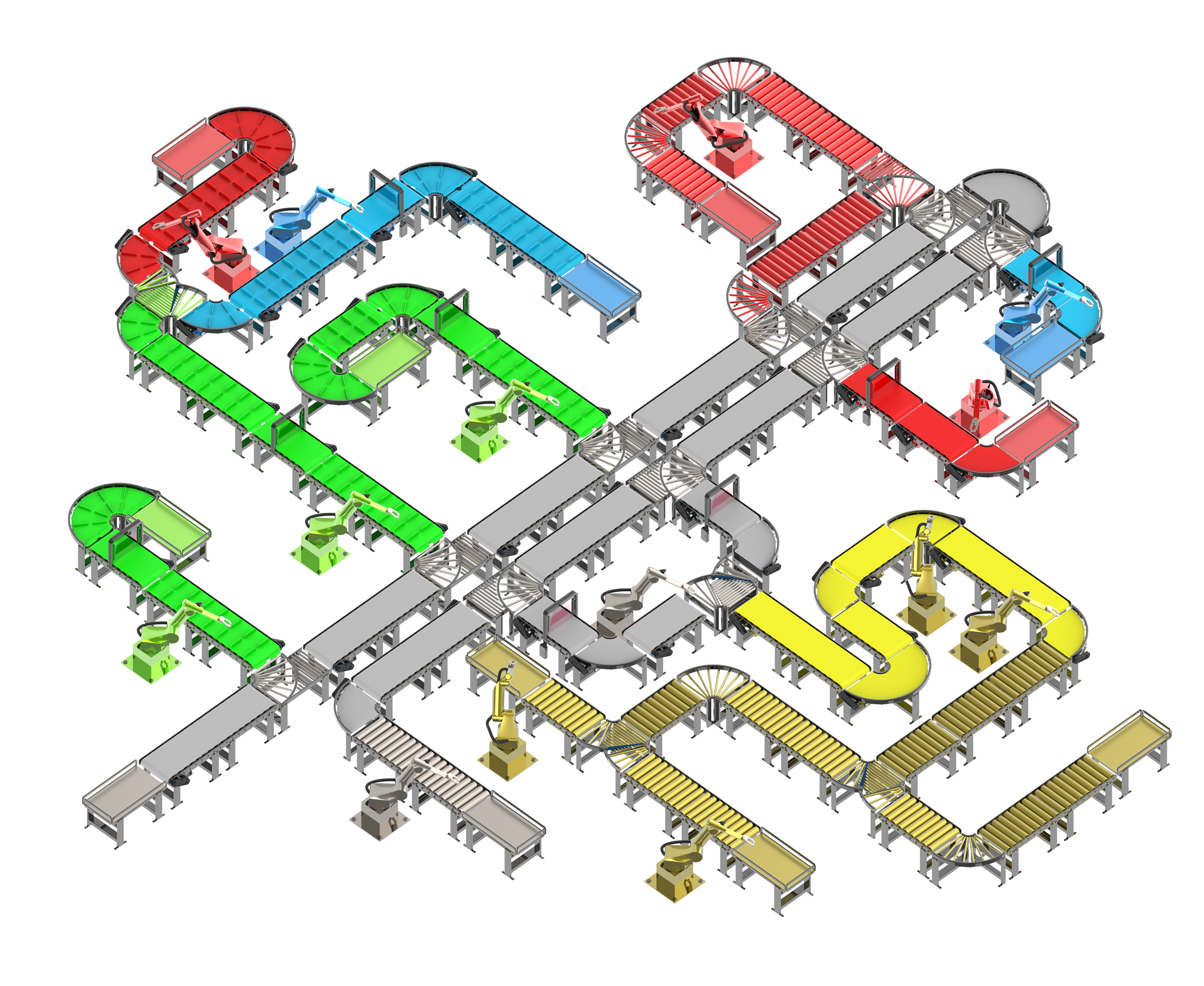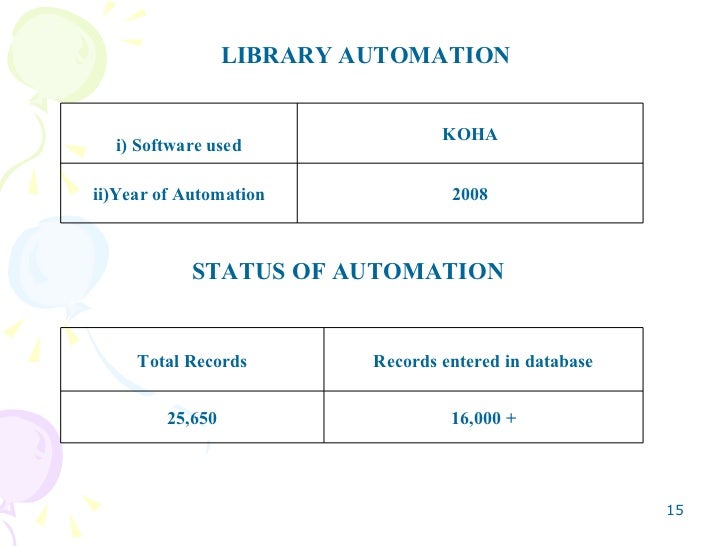Surpass library automation software is an affordable management system for libraries of all types. Surpass is perfect for school, public, church and corporate libraries of all sizes. Suites include features for cataloging, circulation, reporting and much more. Library Automation Software Comparison. Use GetApp to find the best Library Automation software and services for your needs. Our intuitive directory allows you to make an easy online Library Automation software comparison in just a few minutes by filtering by deployment method (such as Web-based, Cloud Computing or Client-Server), operating system (including Mac, Windows, Linux, iOS, Android.
Top 4 Download periodically updates software information of library automation full versions from the publishers, but some information may be slightly out-of-date.

Using warez version, crack, warez passwords, patches, serial numbers, registration codes, key generator, pirate key, keymaker or keygen for library automation license key is illegal. Download links are directly from our mirrors or publisher's website, library automation torrent files or shared files from free file sharing and free upload services, including Rapidshare, MegaUpload, YouSendIt, Letitbit, DropSend, MediaMax, HellShare, HotFile, FileServe, LeapFile, MyOtherDrive or MediaFire, are not allowed!
Your computer will be at risk getting infected with spyware, adware, viruses, worms, trojan horses, dialers, etc while you are searching and browsing these illegal sites which distribute a so called keygen, key generator, pirate key, serial number, warez full version or crack for library automation. These infections might corrupt your computer installation or breach your privacy. library automation keygen or key generator might contain a trojan horse opening a backdoor on your computer.
Library Automation
The word ‘Automation’ has been derived from a Greek word ‘Automate’ which means something which has the power of spontaneous motion or self-movement (Webster’s Third New International Dictionary of English Language, 1966). The term ‘Automation’ was first introduced by D.S. Harder in 1936, who was then with the General Motor Company in the United States. He used the term automation to mean automatic handling of parts between progressive production processes.
However, the modern usage of the word “automation” is not in vogue in the above sense.
McGraw–Hill Encyclopedia of Science and Technology (1982) defines automation as “a coined word having no precise, generally accepted technical meaning but widely used to imply the concept„ development ‟ or use of highly automatic machinery or control system.”
From the above definition, one can observe that ‘automation’ is the application of ‘machines’ to perform a task automatically.
Library Automation
However, “In the business world, the words ‘automation’ and ‘computer’ are often used synonymously…” (Encyclopaedia of Computer Science and Technology, 1975).
In most of the literature on automation, the term ‘automation’ is in the above sense. Thus, we can conclude that the modern usage of the word ‘automation’ implies the predominant use of ‘computers’ and other modern technologies for term ‘automation’ is being used by the investigator in the same sense. Integrated library system: An automation system in which the various Applications share one bibliographic database. Each system comes with a set of core modules as well as additional modules which can be added on if Necessary (or affordable).
Client-server architecture: Turnkey systems are quickly becoming a thing of The past. A client/server system is identified by a more powerful server Machine that handles database manipulation and retrieval while leaving the User interface to the desktop client software. This shares the computational Load between the client and server machines and gives the user a better experience through a faster interface.
School Library Automation software, free download
Library Automation
The word ‘library automation’ is being used in literature for the last four decades. A perusal of the literature would indicate that many authors have not tried to define the term explicitly. They use the term ‘Library automation’ to mean the use of computers as an aid for library activities. However, some authors have tried to define the term. For instance Markers on (1967) says “Library automation in the broadest sense can be taken to mean the employment of machines for library processes. In general, however, library automation has come to mean the application of computers and related data processing equipment to libraries.
Salmon (1975), has tried to give a more exhaustive definition. According to him “Library automation is the use of automatic and semi-automatic library activities as acquisition, cataloguing, and circulation. Although these activities are not necessarily performed in 90 traditionally associated with libraries; library automation may thus be distinguished from related fields such as information retrieval, automatic indexing and abstracting, and automatic textual analysis.”
Further, he says that “linguistic purists have argued rightly that the term ‘automation’ applies more correctly and narrowly to automatic process control… and ‘library automation’ is now far the most commonly used term for mechanisation of library activities using data processing equipment.”
Form the first part of the above definition it can be observed that the term ‘library automation’ is used to imply just the mechanization of traditional and/or manual house–keeping routines of a library. In other words, it confines itself to the use of data processing equipment and associated technology to perform exactly what has always and already been done in libraries through a manual process, of course, with the justification of reduced cost and/or increased performance. However, literature shows that such distinction is not maintained. The scope of library automation goes beyond the automation of just house–keeping activities of the libraries.
Hayes and Becker (1970) have identified the area of library automation. According to them, the areas of library automation include:
- The application of data processing equipment to do/to support the clerical/repetitive functions found in technical processing circulation control and serials control.
- The application of data processing equipment to the fields of information storage and retrieval, automatic indexing and abstracting and in reference work; and
- The application of computers/data processing equipment for operation research and system analysis.
Library Software Programs
It is observed that much work has been done in the first two areas, where as one finds les literature on the third. Though it might be difficult to find a universally accepted and a comprehensive definition of library automation, one can accept the areas identified by Hayes and Becker as coming under the purview of library automation. Library automation offers many opportunities to improve service to library patrons.
What Is Library Automation Software
Among other benefits, it makes materials easier for patrons to Locate as well as allowing staff to better serve patrons by facilitating a Multitude of staff tasks such as acquisitions, cataloguing, circulation and Reference. On the other hand, the financial and staff commitment needed to Move to an automated system or from one system to another is substantial And long-lasting. Automation cannot be approached as a panacea for Systemic problems in a library. Without staff support and training, no system Can offer its full potential.
Your strategic vision must now provide the framework or context for the next step in the automation Process, which is to determine which library functions, should be automated and in what order of priority. For example, processes that are repetitive occupy large amounts of staff time, require retrieving Information from large, unwieldy files, or are high-profile functions of the library (such as the public catalog) are prime candidates for automation.


Determining the functions that you wish to automate and their priorities relative to each other is important for all sorts of reasons. If needs and priorities are clear, functions can be automated in phases, allowing for more effective use of frequently scarce funding. Moreover, it is a way to develop credibility with funding agencies and be able to take advantage of “sudden” funding opportunities. Finally, evaluations of systems and options will be easier and more productive if you are able to match your highest functional priorities against the corresponding modules available in the marketplace.
Abcd Library Automation software, free download
Reference:
- Sharma, N. K. (2013). Automation in university libraries of Gujarat state An empirical study.
Library Automation Software Free
Releted Article: